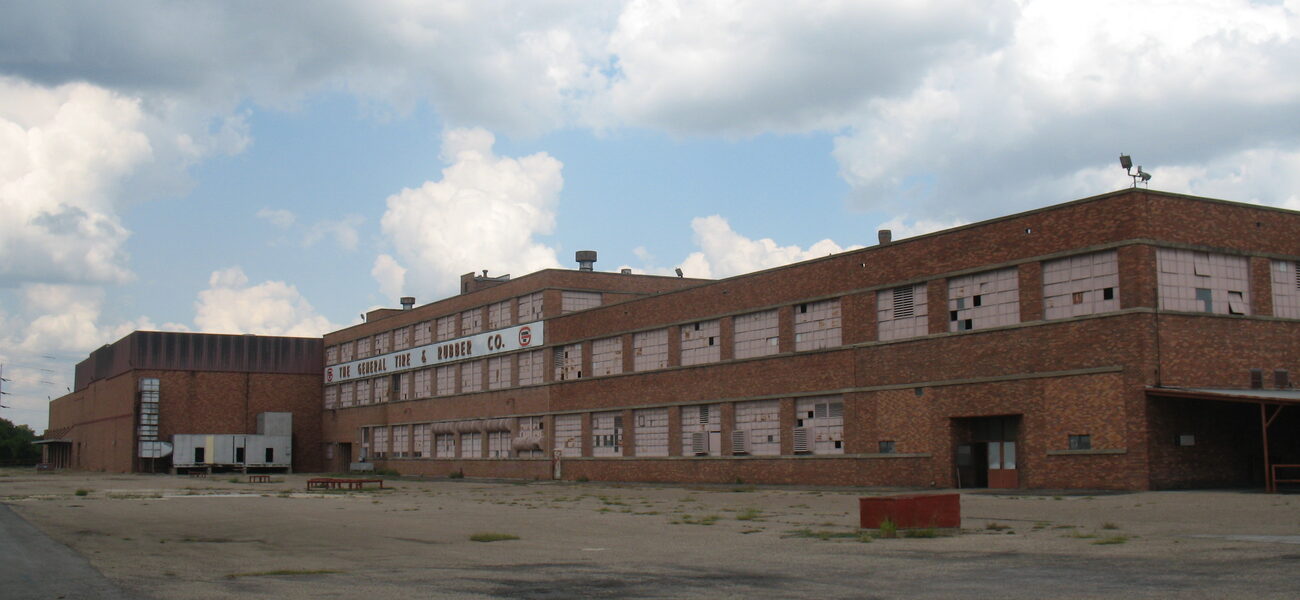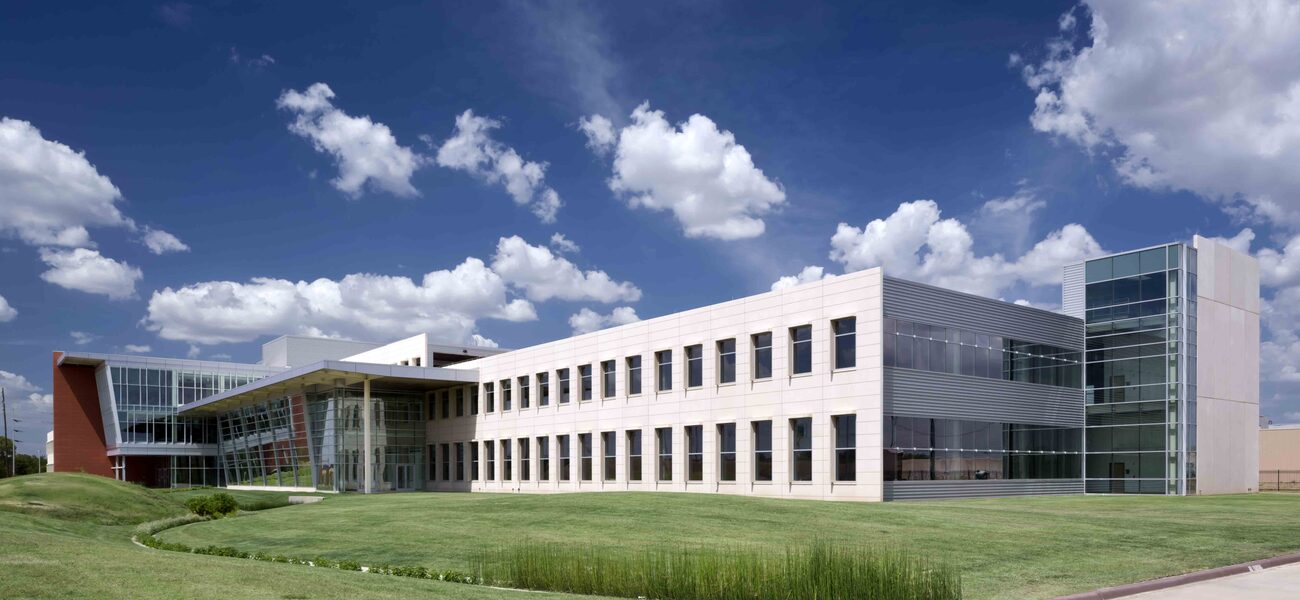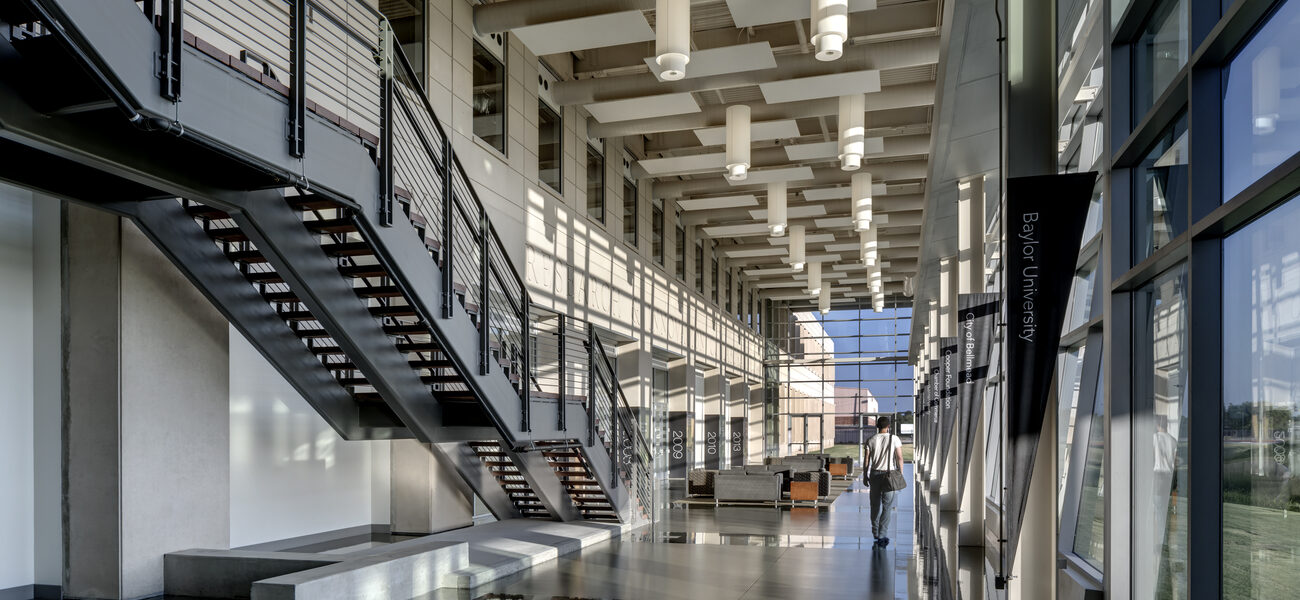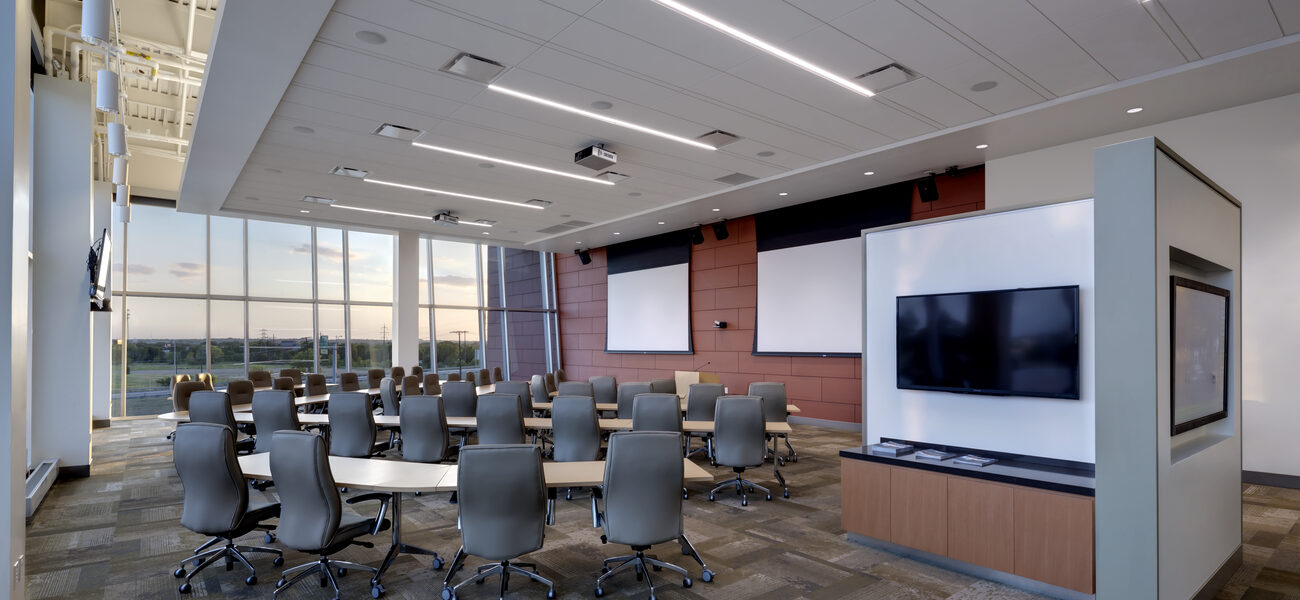The Baylor Research and Innovation Collaborative (BRIC) is a multidiscipline research and academic facility, housed inside a renovated 304,000-sf tire manufacturing plant, designed to break down or inhibit silos from forming, while being friendly to commercialization, industry, workforce development, and international collaboration.
In 2001, the Baylor University Board of Regents established an ambitious goal: to move their school up in the national and international rankings. “Around this time, university rankings were evolving from a national system to an international system. As such, universities in the U.S. were suddenly being ranked not only against other U.S. universities but also against universities from all over the world,” says Truell Hyde, Baylor’s vice provost for research.
Meanwhile, federal funding for university research was shifting away from traditional single-department siloed interests in favor of the intersections of scientific disciplines. The answer to both Baylor’s concerns, then, was fairly apparent, says Hyde. “We needed to pursue research that was both interdisciplinary and international.”
This solution turned out to be surprisingly difficult. “At first glance, the obvious place to start would seem to be to break down the barriers between departments while at the same time creating pathways across research disciplines,” he says. “But when you approach a department chair and say, ‘I would like to borrow a couple of your faculty and have them work with faculty in this other department,’ both department chairs get upset because suddenly they no longer know how to count the publications that result; they don’t know how to count the graduates produced; and more important than anything else, they can’t agree on how to count the grant funding awarded.”
Just breaking down barriers wasn’t enough, concluded Hyde; the BRIC would need to create a culture of innovation. That meant that simply courting the best of the best to join the Baylor faculty and conduct their research in the BRIC wouldn’t cut it. The BRIC would need to be ‘research diverse enough’ that these young assistant professors could be brought up to speed across disciplinary boundaries through integration of their research across research groups. And, they would need a suitable facility to make that all happen.
Deep in the Heart of Texas
“If you are going to establish community support for an audacious dream like this, you first have to consider where you are located,” says Hyde. For Baylor, that meant Waco, Texas (population 240,000), at the center of the Texas Triangle formed by Dallas-Fort Worth, San Antonio, and Galveston—which includes Austin and Houston within its boundaries and is home to roughly 80 percent of the Texan population and nearly all its economic development.
Economic stability comes with its downsides, however. Waco had abundant transportation business and academic infrastructure, but very little high tech industry, research, or career opportunities. “Waco had three institutes of higher education producing wonderful graduates who were doing great things,” he says, “but not very many of them were doing these great things in Waco.”
According to Hyde, Waco wanted to minimize this “brain drain,” and to that end they commissioned a series of studies over the past 25 years with one goal in mind: Find a way to maintain young graduates as productive (and taxpaying) members of the region. Attracting high tech jobs would also increase the average wage, raising the standard of living for all Waco’s inhabitants.
“As a result, when we went forward with the idea of the BRIC to those entities who would later become our partners, we were met with sheer excitement.” Immediately, the city of Waco was on board, along with its metropolitan neighbor Bellmead, the larger McClennan County, and every chamber of commerce; they even had backers at the state and federal level. “We received financial support from all of them,” says Hyde.
An Innovative Place for Innovation Space
Despite overwhelming support for the project, Baylor was still missing the BRIC’s most important component—the facility itself—when serendipity arrived in the form of a generous donor. “There is an alum,” the president of Baylor University told Hyde at the time, “who I think would be willing to give you a building.”
That was the General Tire building, sitting on almost 22 acres of land less than two miles north of campus—the only direction Baylor had room to expand—adjacent to both a major highway and a major rail line. And though parts of the facility dated back to the early 1940s, Hyde was unconcerned: “Our forensic architects assured us the building was built in such a robust manner that it would be perfect for what we were proposing.”
The General Tire building came pre-equipped with ideal floor-to-floor heights for multidisciplinary research and office space (19 feet, 16 feet, and 13 feet across its three floors), column bays amenable to typical research modules (25 by 20 feet), adequate live load capacity, outstanding vibration resistance, and maximal plenum space for utilities.
More importantly, says Hyde, the building was imbued with historical and cultural value. When General Tire shut down in 1985, it was one of Waco’s primary employers. “Everybody in town worked there, was related to someone who worked there, or knew someone who worked there. I can’t even begin to explain the impact of bringing to the table a project built around the revitalization of a building of such importance to the community, particularly one that had been ‘dead’ for so long.”
The Rubber Meets the Road
The new BRIC reused over 80 percent of the General Tire building’s structural and shell elements, maintaining its existing foundations, floor slabs, building superstructure, and roof framing and decking. Gone were the brick veneer and façade and old warehouse windows, replaced by smooth white concrete, brushed steel, and shimmering glass, with an interior to match.
BRIC’s primary trait is adaptability. “The BRIC is an odd animal,” admits Hyde. “The research being placed in the BRIC is diverse. We went to the architect and said, ‘We have to have space that can be used for anything.’”
Baylor’s own research and commercialization occupies 175,000 sf in BRIC. At the moment, that means spaces for research in both electrical engineering and mechanical engineering, space for the Center for Astrophysics, Space Physics & Engineering Research (CASPER), the Center for Spatial Research (CSR), the Veteran’s Health research group, LAUNCH (an accelerator/incubator), and Marlan Scully (a member of the National Academy of Science) and his quantum optics theory and experimental groups. An additional 35,000 sf is reserved for symposia, international meetings, and STEM outreach.
All those applications share the BRIC’s cutting-edge technologies and infrastructure, including Internet2, research-grade computing clusters and a scanning electron microscope user facility.
The facility also houses 45,000 sf for advanced workforce development and training through Texas State Technical College. “In the areas we are interested in, their faculty routinely come directly from industry or one of the national labs,” says Hyde, “then train the next generation of technicians. The Z-pinch Machine at Sandia National Lab, for example, is run by TSTC alumni.”
BRIC’s build-out is ongoing, as the University continues to hire engineering faculty and attract new industry partners.
International Relationships, Industry Partners
Many of Baylor’s most talented assets are assistant professors with little or no experience writing grants and difficult prospects for acquiring dwindling federal funding. “If you want to help them to succeed, you had better introduce them to alternative funding streams so that they can earn tenure and continue to grow into the type of faculty member who routinely receives gold standard, federal funding.”
When the government falls through, industry is often the solution for young scientists in need of financial support. A full 50,000 sf of BRIC is available for lease to industry partners. Such partnerships, however, are not something Hyde wants to make casually.
“The BRIC has a lease criteria document in place,” he explains. “We do not simply lease space; we establish partnerships. We look for industries wanting to come and work with our faculty, staff, and students, or with Texas State Technical College’s faculty, staff, and students, or preferably both. We want to talk to industries interested in working together.”
BRIC’s first major industry partner was L-3, an international aerospace company. “L-3 was in town and wanted to support the BRIC. Initially, we simply connected their engineers with one of our young assistant professors in engineering and stayed out of the way. At the end of the first phase of the project, L-3 came back to us and said, ‘We need to expand this program; we’ve got two or three other projects we’d like to talk to you about.’”
“A few jobs later, L-3 came back to us and said, ‘You know, this is great but we’re running our engineers back and forth between our place and your place. Why don’t we have our engineers join your engineers in the BRIC?’ They built out space for 20 of their engineers and have in the last few months decided to expand their footprint so that they can move another 20 engineers into the building.”
Nor are local professionals the only ones moving into the BRIC. Remember Baylor’s goal to create a space for international collaboration? “We have a center in the building that has 40 faculty and staff from mechanical engineering, electrical engineering, mathematics, physics, the School of Business, and the School of Education,” says Hyde. “It has three assistant directors of research: one from Russia, one from Hungary, and one from Germany. We meet online, and they also come each year to the BRIC to work with us.”
In addition, BRIC has established strong relationships with other international universities, like the University of Stuttgart, says Hyde. “One of our faculty graduated from the Institute for Space Systems at the University of Stuttgart. As a result of this relationship, he brings four to six graduate students to Baylor that stay six months or so working with us in the BRIC across various research areas.”
By Braden T Curtis
This report is based on a presentation Hyde made at Tradeline’s 2014 International Conference on Research Facilities.




